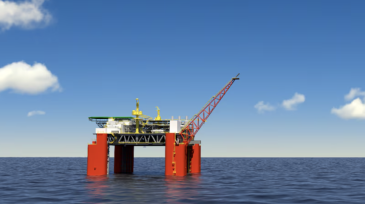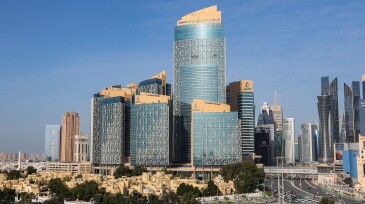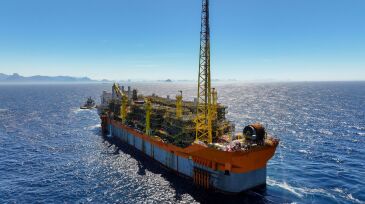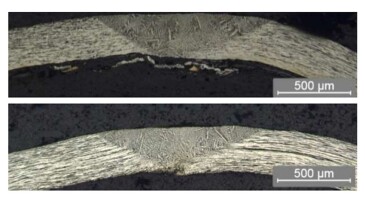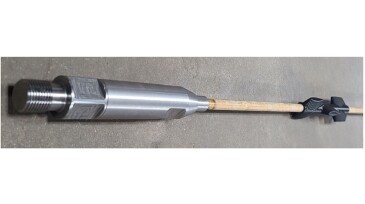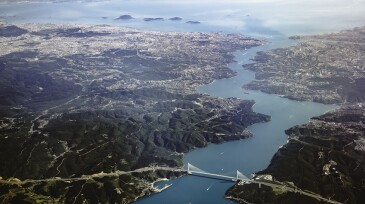Onshore/Offshore Facilities
Vår Energi ASA and partners have officially sanctioned the Previously Produced Fields Project in the Greater Ekofisk Area. The redevelopment is expected to add high-value barrels starting in 2028, extending the production life of one of Norway’s key offshore regions.
Sponsored
As HPHT wells push equipment to the edge of material limits, operators are turning to advanced thermoplastics and sealed electrical assemblies to maintain system integrity. From ESP insulation to BOP control systems, the right component design can prevent failures, lower intervention costs, and extend equipment life in the harshest offshore environments.
The new development is estimated to hold 46 million bbl of recoverable oil and is planned to start up in late 2028.
-
Contactor will provide EPCI work related to the subsea portion of the 20K Gulf of Mexico development.
-
This first of a two-part series provides guidelines for designing and operating advanced produced-water systems on offshore platforms, covering fluid characterization, chemical treatment, equipment, process configuration, operations, and effluent quality.
-
By adding this latest EPCI contract for pipelines and cables to earlier awards, McDermott is now responsible for all offshore infrastructure associated with Qatar's massive North Field Expansion.
-
SponsoredTAQA's PulseEight Secure and SwellStack solutions avoid costly workovers and deferred production by riglessly retrofitting an alternative to failed subsurface safety valves.
-
A government-imposed limit on gas reinjection aimed at fueling domestic growth risks cooling future investor interest in Brazil’s offshore.
-
This work presents the results of several failure analyses of gas lift valves retrieved from subsea wells that were unable to prevent backflow from tubing to annulus
-
This paper describes laboratory tests simulating varying sour-well and extended galvanic corrosion conditions to determine the adequacy of selected armor metallurgies in downhole corrosive environments.
-
This paper explores the development of fiber-reinforced thermoplastic sucker rods as a promising alternative for overcoming the limitations of steel sucker rods and thermoset fiberglass sucker rods.
-
Straddling Europe and Asia, the Black Sea is emerging as a frontier for deepwater gas exploration and production as Romania and Turkey drive projects complicated by subsea hazards found nowhere else on earth.
-
This update highlights efforts to electrify oil and gas assets and deliver clean energy to remote, underserved communities. But the big question remains: Can we really achieve net zero emissions by 2050?




